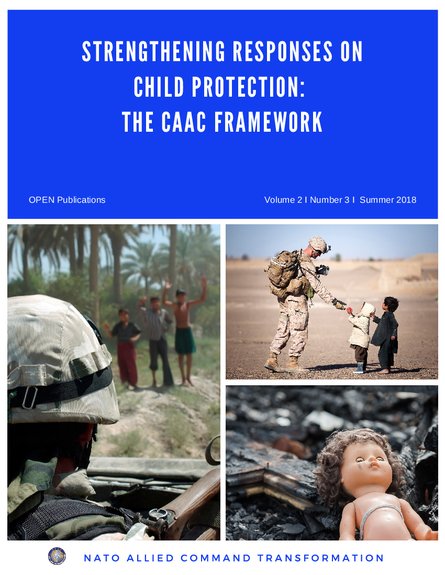
The protection of children affected by armed conflicts, international and non-international, has been a matter of perennial concern. A significant number of legal instruments, binding and non-binding, have been gradually adopted with the intent to improve the architecture of protection for children in situations of armed conflict. Some crucial steps taken by countries to protect children from grave violations include the signing and implementation of action plans which invoke a range of measures including the screening of troops for underage recruits, development of age assessment guidelines and standard operating procedures and procedures to release and reintegrate and support children formerly associated with armed groups and forces.
Despite strong laws, implementation remains weak, and violations of children's rights are rife. In 2017, humanitarian access to children was denied in every country on the agenda of the Special Representative of the UN Secretary-General of the UN. In Yemen, Myanmar and the Syrian Arab Republic reports emerged of children trapped in besieged areas, deprived of access to food, water, and critical medical assistance. The growing discourse on ‘radicalisation’ and ‘extremist violence’ is eroding standards of minimum protection around the appropriate treatment of children, and large numbers of children are routinely arrested and detained for their alleged association with parties to the conflict.
A multi-faceted approach is needed, involving more stakeholders so that measures to protect children can be multiplied. There is a need for regional and sub-regional organizations to apply politically or legally binding instruments to strengthen the prevention of violations against children in situations of armed conflict and facilitate programmatic responses when violations do occur. NATO sits in a unique position to advance the agenda of protection of civilians in general and children in particular, specifically in its operations in Afghanistan and Iraq, due to its high-level engagement with those in government who can end and prevent violations. There is no doubt that capacity, resources, and coordination between different actors needs to increase, and child protection expertise maintained and strengthened within NATO, including by being provided with necessary resources to fulfill their mandate.